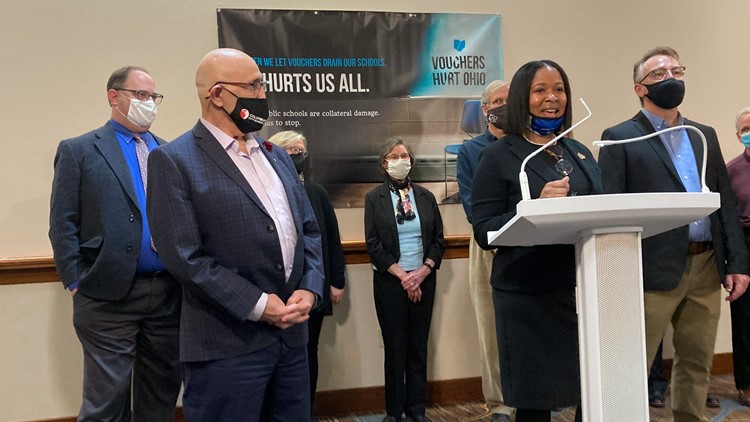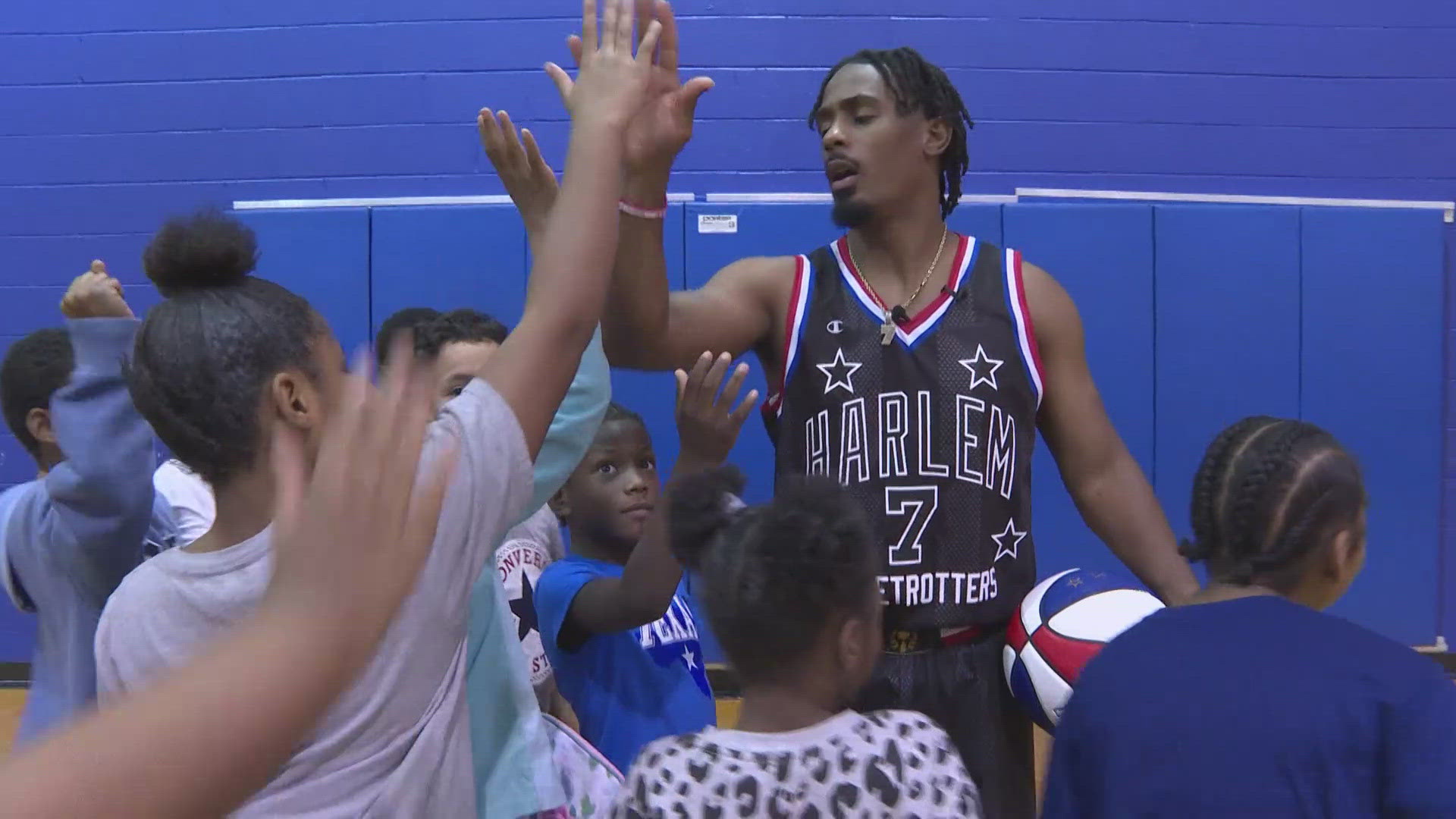COLUMBUS, Ohio — Ohio’s 25-year-old school voucher plan is creating an unconstitutional system of separately funded private education and leading to resegregation of some districts as nonminority students mostly take advantage of the program, according to a lawsuit challenging the system.
A coalition of Ohio's public school districts filed the lawsuit in Franklin County Common Pleas Court against the Ohio Department of Education and the state education board. The schools argue that vouchers are being used by primarily non-minority students, even though the program was meant to assist economically disadvantaged minority pupils.
On Tuesday, several members of the Vouchers Hurt Ohio coalition held a briefing to explain the lawsuit. Nearly 100 school districts across the state have joined the lawsuit as part of the coalition.
Nneka Jackson, a school board member with the Richmond Heights School District in Cuyahoga County, says private school vouchers are making school segregation in Ohio worse, not better.
“If someone tells you this is about helping poor minority children, hook them up to a lie detector test asap and stand back because the sparks are going to fly,” Jackson said. “About 40 percent of Richmond Heights residents are white. Before the EdChoice private school voucher program, about 26 percent of the students in the Richmond Heights School District were white and 74 percent were students of color. Today, after EdChoice, Richmond Heights is three percent white and 97 percent students of color."
Cleveland Heights-University Heights school board member Dan Heintz says his district lost more than $27 million to private school vouchers, forcing voters to pass two levies to raise property taxes.
Eric Resnick, a school board member for Canton City Schools, stated that high school students receive a $7,500 voucher while public school students receive far less from the state in basic education funding.
There is no truth to the claim by voucher proponents that “the money follows the student,” Resnick said. “To those who say the money should follow the student, I ask why the discrepancy? Why should voucher students get $7,500 and some public school students get one-fifth or less than that amount? If the money was truly following the student, then each public school student would also receive $7,500.”
Voucher proponents called the complaint an attack on parental choice, and noted the U.S. Supreme Court upheld Ohio’s initial version of vouchers in 2002.
“This shows the deep disdain these greedy big government elitists have for parents to make decisions that are best for the education of their children,” said John Fortney, a spokesperson for Senate President Matt Huffman, leader of the GOP-majority Senate.
More than 60,000 children participate in the voucher program, which began in 1996 when it was made available for pupils in Cleveland city schools. The state budget approved by lawmakers last year increased the maximum amount for vouchers to attend private schools from $4,650 to $5,500 for children in grades K-8 and from $6,000 to $7,500 for high school students.
Ohio has more than 1.7 million schoolchildren.
Previous Reporting:



